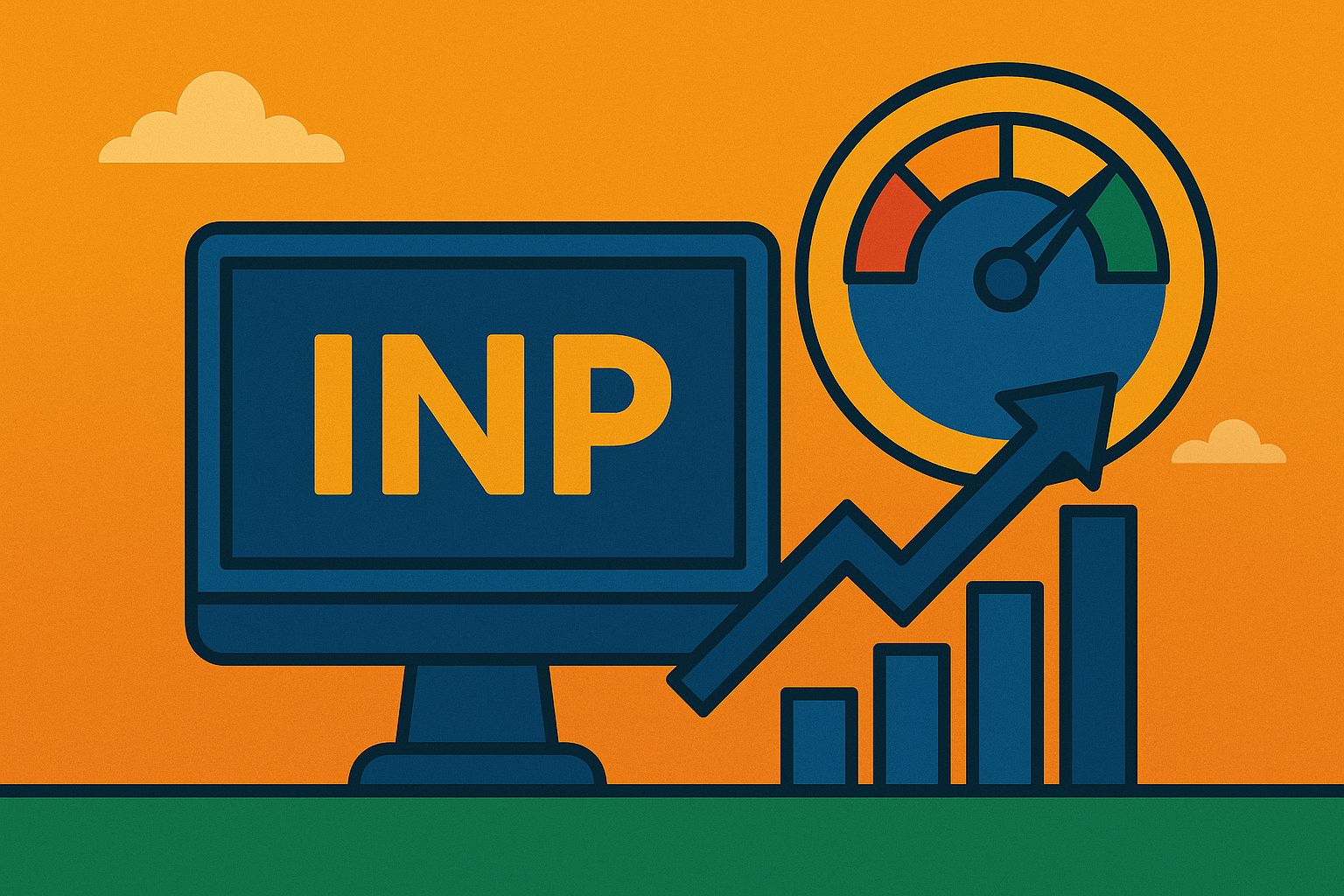So, you’ve got this brilliant startup idea, right? You’re all set to change the world, but there’s one tiny hitch: how on earth are you going to build an app that reaches as many users as possible without blowing your budget? Enter cross-platform development, your startup’s new best friend.
What is Cross Platform Development?
Ever heard of the phrase “killing two birds with one stone”? That’s pretty much what cross-platform development does. Instead of creating separate apps for iOS and Android, you develop a single app that works on both platforms. It’s like getting a two-for-one deal on your tech investment.
- The Basics of Cross-Platform Development
Cross-platform development is a method where developers write the code once and run it on multiple platforms. Think of it as a universal remote for your TV and sound system – one codebase, multiple devices.
- Why Should Startups Care?
Startups need to be nimble, efficient, and cost-effective. Cross-platform development ticks all those boxes. It’s the secret sauce that can help you get your product to market faster and more affordably.
What Are the Benefits of Cross Platform Development for Startups?
- Cost Efficiency: Save Your Precious Dollars
Building apps natively for both iOS and Android can be as expensive as buying two separate holiday homes. With cross-platform development, you’re essentially getting a duplex – one investment, two benefits. This approach slashes development costs significantly, which is music to any startup’s ears.
- Faster Time to Market: Beat the Clock
In the startup world, speed is everything. Cross-platform development allows you to launch your app quicker than you can say “funding round.” With a single codebase, your developers won’t be juggling different languages and frameworks. It’s like having a turbo boost button for your app launch.
- Consistent User Experience: Keep It Seamless
Imagine trying to bake the same cake using different recipes. You’d end up with wildly different results, right? Cross-platform development ensures that your app looks and feels the same across all devices. Users get a consistent experience, and you get happy customers.
- Easier Maintenance and Updates: One-Stop Shop
Updating a cross-platform app is like updating your Facebook status – you do it once, and it’s done everywhere. Maintaining and updating one codebase is a breeze compared to managing separate versions for each platform.
How to Get Started with Cross Platform Development?
- Choose the Right Tools
First things first: pick your weapons. Popular cross-platform development frameworks include Flutter, React Native, and Xamarin. It’s like choosing between a Swiss Army knife, a multitool, and a pocket knife – they all get the job done, but some might suit your needs better than others.
- Hire the Right Team
Your team is your engine. Make sure you have developers who are skilled in cross-platform frameworks. Think of them as your pit crew – the right team can make or break your race to the market.
- Plan Your Development Strategy
You wouldn’t start a road trip without a map, right? The same goes for app development. Plan your strategy, set clear milestones, and keep your team aligned. Agile methodologies can be particularly helpful here – they’re like GPS for your project.
- Test, Test, and Test Again
Quality assurance is crucial. Test your app on different devices to ensure it performs flawlessly. It’s like test-driving a car – you want to make sure everything runs smoothly before hitting the highway.
What Are the Challenges of Cross Platform Development?
- Performance Issues: Cross-platform apps can sometimes lag behind their native counterparts in performance. It’s like comparing a hybrid car to a sports car – both are great, but one might be a tad faster. However, with advancements in frameworks, this gap is closing.
- Limited Access to Native Features: Some native features might be tricky to implement. It’s like trying to get a universal remote to access every single feature of your TV – sometimes it just doesn’t work perfectly. But don’t worry, most frameworks have plugins to bridge these gaps.
- Learning Curve: There’s a learning curve involved in mastering cross-platform frameworks. It’s like learning to ride a unicycle – tricky at first, but incredibly efficient once you get the hang of it. Invest in training your team, and you’ll reap the rewards.
Successful Examples of Cross Platform Development
- Instagram: Yes, that app you check a million times a day is built using cross-platform development. Instagram used React Native to streamline its development process, proving that cross-platform can handle even the most demanding social networks.
- Airbnb: Airbnb leveraged cross-platform development to provide a seamless experience for its users. By using React Native, they managed to unify their app’s look and feel across all devices.
Future of Cross Platform Development
- Trends in Cross-Platform Development
The future looks bright for cross-platform development. With continuous improvements in frameworks like Flutter and React Native, performance and accessibility are reaching new heights. It’s like moving from dial-up to fibre optic – everything’s getting faster and better.
- Cross-Platform in Remote and Hybrid Work Environments
With the rise of remote work, cross-platform development is becoming even more critical. Teams spread across different locations need a unified approach to app development. It’s like having a universal language – everyone’s on the same page, no matter where they are.




